-
 bitcoin
bitcoin $109667.069529 USD
-3.03% -
 ethereum
ethereum $3936.685804 USD
-4.07% -
 tether
tether $1.000493 USD
0.01% -
 xrp
xrp $2.771823 USD
-4.74% -
 bnb
bnb $957.805027 USD
-5.34% -
 solana
solana $196.735100 USD
-6.68% -
 usd-coin
usd-coin $0.999727 USD
-0.01% -
 dogecoin
dogecoin $0.227355 USD
-5.12% -
 tron
tron $0.335205 USD
-0.81% -
 cardano
cardano $0.779256 USD
-3.59% -
 ethena-usde
ethena-usde $0.999900 USD
-0.06% -
 hyperliquid
hyperliquid $42.492095 USD
-6.61% -
 chainlink
chainlink $20.501853 USD
-4.34% -
 avalanche
avalanche $28.952606 USD
-11.21% -
 stellar
stellar $0.356038 USD
-3.93%
How do I identify a true or false breakout in the Bollinger Bands?
A true Bollinger Band breakout is confirmed by strong volume, a close beyond the band, and alignment with trend and momentum indicators.
Sep 13, 2025 at 01:36 am
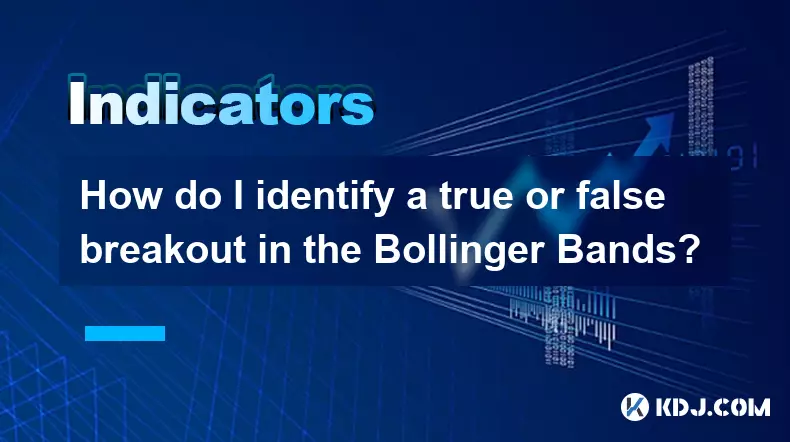
Understanding Breakouts in Bollinger Bands
1. Bollinger Bands consist of a middle moving average and two standard deviation bands that expand and contract based on market volatility. Traders often watch for price movements that cross these bands as potential breakout signals. A breakout occurs when the price moves beyond the upper or lower band, suggesting a possible continuation or reversal in trend.
2. Not every breakout leads to a sustained price move. Some breakouts are false signals caused by short-term volatility or market noise. Identifying whether a breakout is genuine requires analyzing additional technical factors beyond the band crossing itself.
3. A true breakout is typically confirmed by strong volume, sustained price action beyond the band, and alignment with broader market trends. When volume increases during the breakout, it indicates real market participation and conviction behind the move.
4. False breakouts, also known as 'whipsaws,' happen when price briefly exits the band but quickly reverses back inside. These often occur during low-volume periods or sideways market conditions where there is no clear directional momentum.
5. Monitoring candlestick patterns at the point of breakout can offer clues. For instance, long wicks outside the band with closing prices back inside suggest rejection and a higher chance of a false signal.
Key Indicators to Confirm Breakout Validity
1. Volume plays a critical role in validating breakouts. A spike in trading volume when price breaches a Bollinger Band increases the likelihood of a true breakout. Low volume during the move suggests weak participation and raises suspicion of a false signal.
2. Price closing beyond the band is more significant than just touching or piercing it. A candle that closes outside the upper or lower band shows stronger momentum than one that only briefly trades beyond it.
3. Use of complementary indicators such as RSI or MACD helps assess momentum. If RSI is overbought during an upper band breakout and continues rising, it supports bullish strength. Conversely, if RSI diverges, it may warn of a false move.
4. The width of the Bollinger Bands themselves provides context. Narrow bands, indicating low volatility, often precede strong breakouts. A breakout following a 'squeeze' has a higher probability of being genuine.
5. Trend alignment matters. A breakout in the direction of the prevailing trend—such as upward breakout in an uptrend—is more reliable than a counter-trend breakout, which may simply be a retracement.
Common Patterns Preceding True Breakouts
1. The Bollinger Band 'squeeze' is one of the most reliable precursors to a true breakout. It occurs when the bands narrow significantly, reflecting low volatility. Traders watch for a subsequent expansion in band width and strong price movement as confirmation.
2. Consolidation near the middle band before a breakout suggests accumulation or distribution. When price escapes this range with force, especially on high volume, it often marks the beginning of a new directional move.
3. Multiple touches of the bands without a breakout can indicate building pressure. For example, repeated rejections at the upper band in an uptrend may lead to a powerful breakout when resistance finally gives way.
4. Breakouts following a sharp price reversal, such as a double bottom or head and shoulders pattern, gain credibility when they coincide with a Bollinger Band breach. These chart patterns add structural confirmation to the volatility signal.
5. Timeframe correlation strengthens breakout validity. A breakout on a higher timeframe, like the 4-hour chart, confirmed by movement on the daily chart, carries more weight than one seen only on lower timeframes.
Frequently Asked Questions
What does a Bollinger Band squeeze indicate?A Bollinger Band squeeze indicates a period of low volatility where the bands contract closely around the price. It often precedes a significant price move, though the direction must be confirmed by subsequent price action and volume.
Can Bollinger Bands be used alone to trade breakouts?While Bollinger Bands provide valuable insights into volatility and potential breakout zones, relying on them alone increases the risk of false signals. Combining them with volume analysis, price action, and other technical tools improves accuracy.
How do I differentiate between a breakout and a reversal at the band?A breakout shows sustained movement beyond the band with strong momentum and volume, while a reversal typically features rejection candles like dojis or hammers at the band, followed by a swift return inside the bands.
Does the default 20-period setting work for all cryptocurrencies?The default 20-period SMA and 2-standard deviation settings may not suit all crypto assets due to varying volatility levels. Traders often adjust the period length or deviation multiplier to better fit the behavior of specific coins like Bitcoin or altcoins.
Disclaimer:info@kdj.com
The information provided is not trading advice. kdj.com does not assume any responsibility for any investments made based on the information provided in this article. Cryptocurrencies are highly volatile and it is highly recommended that you invest with caution after thorough research!
If you believe that the content used on this website infringes your copyright, please contact us immediately (info@kdj.com) and we will delete it promptly.
- Bitwise, Hyperliquid ETF, and Perp DEXs: A New Era in Crypto Trading?
- 2025-09-26 12:25:15
- Ozak AI Price Prediction: Analyst Bull Case for $5 by 2026?
- 2025-09-26 12:25:15
- Bitcoin Price Wobbles: Support Failure and Trader Sentiment in the Mix
- 2025-09-26 12:45:16
- Dogecoin, Memecoins, and the Bull Cycle: Are We Still Barking Up the Right Tree?
- 2025-09-26 12:45:16
- Plasma Ignites DeFi: A New Dawn for Stablecoins and TVL?
- 2025-09-26 12:50:01
- Crypto Tax, Senate Showdown, and Trump Relief: What's the Deal?
- 2025-09-26 12:30:01
Related knowledge
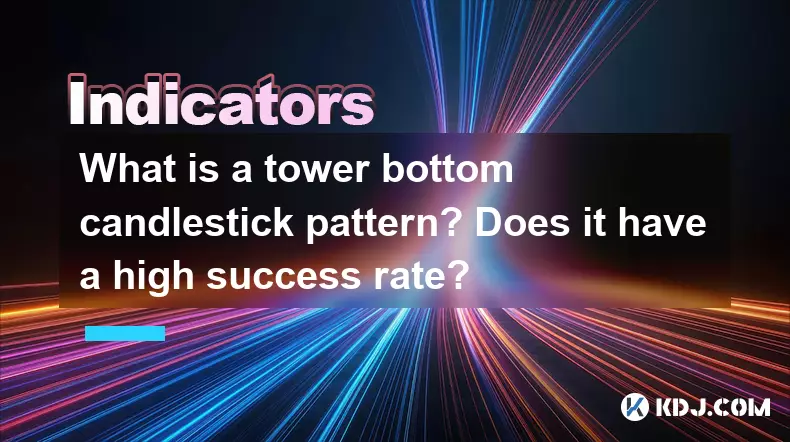
What is a tower bottom candlestick pattern? Does it have a high success rate?
Sep 22,2025 at 07:18am
Tower Bottom Candlestick Pattern Explained1. The tower bottom candlestick pattern is a reversal formation that typically appears at the end of a downt...
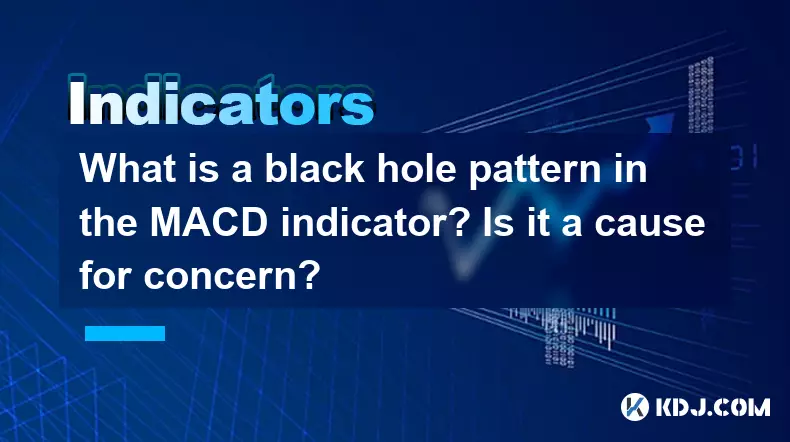
What is a black hole pattern in the MACD indicator? Is it a cause for concern?
Sep 21,2025 at 06:54pm
Bitcoin's Role in Decentralized Finance1. Bitcoin remains the cornerstone of decentralized finance, serving as a benchmark for value and security acro...

How can I use the psychological line (PSY) to determine market sentiment?
Sep 17,2025 at 02:19pm
Understanding the Psychological Line (PSY) in Cryptocurrency TradingThe Psychological Line, commonly referred to as PSY, is a momentum oscillator used...
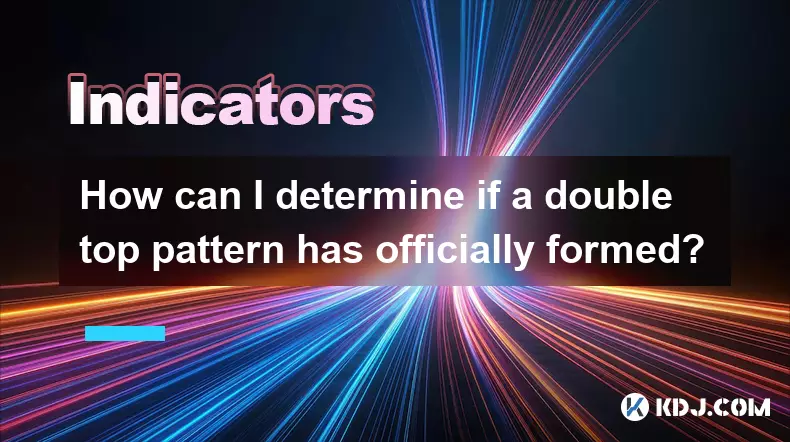
How can I determine if a double top pattern has officially formed?
Sep 21,2025 at 03:18am
Understanding the Structure of a Double Top Pattern1. A double top pattern consists of two distinct peaks that reach approximately the same price leve...
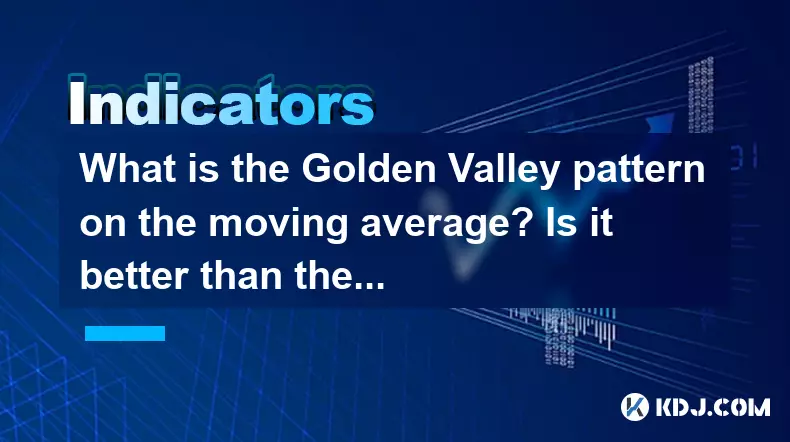
What is the Golden Valley pattern on the moving average? Is it better than the Silver Valley pattern?
Sep 21,2025 at 02:54pm
Understanding the Golden Valley Pattern in Moving Averages1. The Golden Valley pattern is a technical formation observed in cryptocurrency price chart...

What does a death cross of the RSI in the strong zone (above 50) mean?
Sep 17,2025 at 10:54pm
Understanding the Death Cross in RSI Context1. The term 'death cross' is traditionally associated with moving averages, where a short-term average cro...

What is a tower bottom candlestick pattern? Does it have a high success rate?
Sep 22,2025 at 07:18am
Tower Bottom Candlestick Pattern Explained1. The tower bottom candlestick pattern is a reversal formation that typically appears at the end of a downt...

What is a black hole pattern in the MACD indicator? Is it a cause for concern?
Sep 21,2025 at 06:54pm
Bitcoin's Role in Decentralized Finance1. Bitcoin remains the cornerstone of decentralized finance, serving as a benchmark for value and security acro...

How can I use the psychological line (PSY) to determine market sentiment?
Sep 17,2025 at 02:19pm
Understanding the Psychological Line (PSY) in Cryptocurrency TradingThe Psychological Line, commonly referred to as PSY, is a momentum oscillator used...

How can I determine if a double top pattern has officially formed?
Sep 21,2025 at 03:18am
Understanding the Structure of a Double Top Pattern1. A double top pattern consists of two distinct peaks that reach approximately the same price leve...

What is the Golden Valley pattern on the moving average? Is it better than the Silver Valley pattern?
Sep 21,2025 at 02:54pm
Understanding the Golden Valley Pattern in Moving Averages1. The Golden Valley pattern is a technical formation observed in cryptocurrency price chart...

What does a death cross of the RSI in the strong zone (above 50) mean?
Sep 17,2025 at 10:54pm
Understanding the Death Cross in RSI Context1. The term 'death cross' is traditionally associated with moving averages, where a short-term average cro...
See all articles










































































